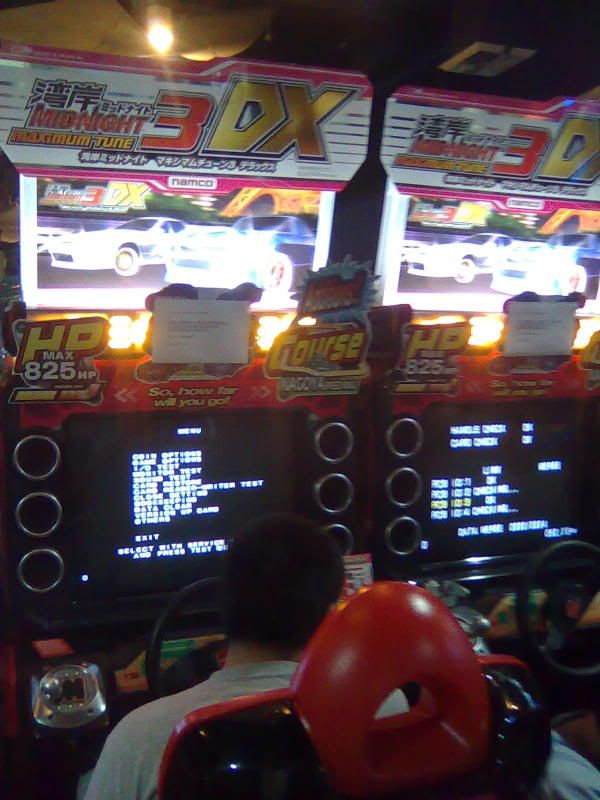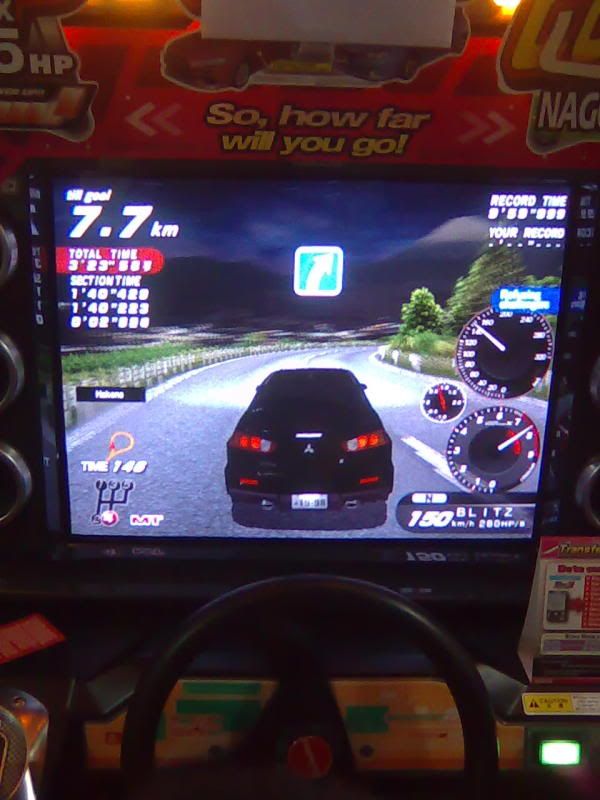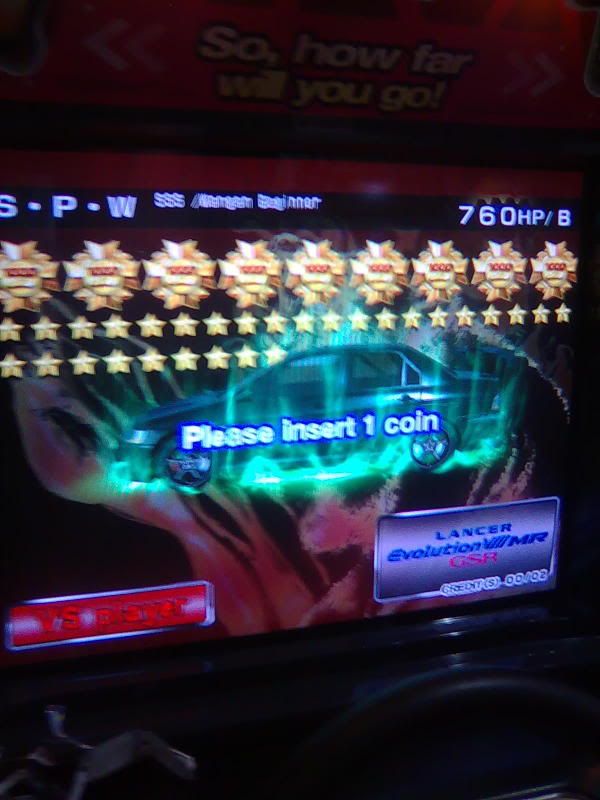I guess it's on-par with Taito Type X2 then(???)
http://www.system16.com/hardware.php?id=903
OS: Microsoft Windows XP Embedded
CPU: Intel Core 2 Duo E6400/Pentium 4 651/Celeron D 352 (up to latest Core 2 CPUs supported by the chipset)
Chipset: Intel Q965 + ICH8
Monitor: 720p/1080p/1440p HD LCD Monitor
RAM: DDR2 667/800MHz (512MB/1GB, up to 4GB)
GPU: PCI Express x16-based graphics. Support cards include ATI RADEON X1600Pro/X1300LE or nVIDIA GeForce 7900GS/7600GS/7300GS, up to latest graphic cards (Radeon HD 3800 or Geforce 9800 series)
Sound: Onboard Realtek HD 7.1 channel Sound (supports add-in sound cards)
LAN: 10/100/1000 BASE-T
I/O ports: 1x JVS, 4x USB 2.0 (up to 8), 1x serial (max 2), 1x parallel port, 2x PS/2, 2x SATA
Audio inputs: AKG C535EB Stage Microphone, line-in (Surround 7.1)
Audio outputs: 7.1, SPDI/FX
Expansion Slots: 1x PCI Express x16 (used by video card), 1x PCI Express x4, 2x PCI
Storage: 2x 80 GB 10k RPM SATA Hard Drives
Media: 80 GB 10000 rpm Hard Drive
Really high-spec IMHO (for video arcade gaming standards).
---
Coincidentally, there are some games that have puny arcade specs but still do really well on its own (in terms of gameplay and revenue). Game such as Maximum Tune 3 for instance.
Runs I think on System N2 hardware (crappy system based on the highest-end iteration of Nforce 2 Ultra platform). Basically, highest-end Athlon XP plus the highest end Geforce 4 (possibly Ti 4800) with 512 MB-1 GB system RAM at most.....
Definitely low-end (and sometimes the loading times are worst than its predecessor using Chihiro hardware).....but hey, it sells many, tons of people play it and it is fun and neat.
Currently, the most popular video arcade racing game in the world (edging out Initial D 4 and even the Daytona USA games).
P.S.
In my case, I still play a lot of arcade games (hence why I'm an arcade gamer

). And in some cases, I'd rather play the arcade versions of certain games over its PC or console iterations (such as Tekken 6 BR, Wangan Midnight and even Time Crisis 4 to name a few)
Two cents





